VACCINATIONS:
The current Victorian local (government) council vaccination schedule is:
6-8 weeks old: Distemper/Hepatitis/Parvovirus
12-14 weeks old: Distemper/Hepatitis/Parvovirus
16-18 weeks old: Parvovirus
Then every year: Distemper/Hepatitis/Parvovirus
Many vets have a different schedule to this, check with yours. The following is another vet-recommended schedule:
6-8 weeks: Distemper, Hepatitis, Parvovirus
12-14 weeks: Distemper, Hepatitis, Parvovirus & Kennel Cough (C4 and/or C5)
16-18 weeks: Kennel Cough (C4 and/or C5)
But firstly I’d like to share our story. When we had Bullmastiffs (before we upgraded!) we were under the impression that the Vet knew best and sadly this wasn’t the case.
We had our Bullmastiff vaccinated at the (vet) recommended 6 week stage. Soon after he became ill - very ill - with vomiting and diarrhoea. He ended up being dragged back and forth to the Vet (and the $$$ in vet bills multiplying! – not that we cared, we loved him) and eventually on a drip. He was hanging between life and death for 48 hours and then miraculously pulled through. That wasn’t the end. His rehabilitation meant enzyme based (expensive) food as he couldn’t tolerate anything as his intestinal tract and bowel were damaged.
I began reading about why this had happened and what I found out about vaccinations shocked me. Please take the time to read as many of these articles as you can, discuss them with your vet and make up your own mind (note these are overseas sites and their schedule and list of some diseases like rabies don’t apply to Australia, but what I want you to read is the adverse reactions if given too early):
1. http://www.angelfire.com/biz/froghollerfilas/VaccBlanco.html
2. http://www.dogs4sale.com.au/Notice_Board_Dogs_World_UK.htm
3. http://www.shirleys-wellness-cafe.com/petvacc.htm
The current Victorian local (government) council vaccination schedule is:
6-8 weeks old: Distemper/Hepatitis/Parvovirus
12-14 weeks old: Distemper/Hepatitis/Parvovirus
16-18 weeks old: Parvovirus
Then every year: Distemper/Hepatitis/Parvovirus
Many vets have a different schedule to this, check with yours. The following is another vet-recommended schedule:
6-8 weeks: Distemper, Hepatitis, Parvovirus
12-14 weeks: Distemper, Hepatitis, Parvovirus & Kennel Cough (C4 and/or C5)
16-18 weeks: Kennel Cough (C4 and/or C5)
But firstly I’d like to share our story. When we had Bullmastiffs (before we upgraded!) we were under the impression that the Vet knew best and sadly this wasn’t the case.
We had our Bullmastiff vaccinated at the (vet) recommended 6 week stage. Soon after he became ill - very ill - with vomiting and diarrhoea. He ended up being dragged back and forth to the Vet (and the $$$ in vet bills multiplying! – not that we cared, we loved him) and eventually on a drip. He was hanging between life and death for 48 hours and then miraculously pulled through. That wasn’t the end. His rehabilitation meant enzyme based (expensive) food as he couldn’t tolerate anything as his intestinal tract and bowel were damaged.
I began reading about why this had happened and what I found out about vaccinations shocked me. Please take the time to read as many of these articles as you can, discuss them with your vet and make up your own mind (note these are overseas sites and their schedule and list of some diseases like rabies don’t apply to Australia, but what I want you to read is the adverse reactions if given too early):
1. http://www.angelfire.com/biz/froghollerfilas/VaccBlanco.html
2. http://www.dogs4sale.com.au/Notice_Board_Dogs_World_UK.htm
3. http://www.shirleys-wellness-cafe.com/petvacc.htm
4. http://www.yourpurebredpuppy.com/health/common/vaccinations.html
I am not a vet or have any veterinary qualifications so please direct your enquiries about the best course of vaccinations for your puppy with a vet you trust. In no way am I advocating not vaccinating your dog, just not to do it so early. Waiting until around 10-12 weeks is much safer and unless you are kenneling your dog the risk of catching the diseases the vaccinations protect against is small. I only have my dogs vaccinated up until the age of 12 months, I do not believe in annual booster vaccinations – again, my personal preference.
OUR POLICY REGARDING VACCINATIONS OF PUPS FOR SALE:
Our policy is for the pups to go to their new homes at around 6 weeks of age. Mastiff puppies wean much earlier than smaller breeds of dog so they are not reliant on their mother’s milk for several weeks prior to this.
When the pup has been in your home – happy, healthy and eating well for AT LEAST 2 WEEKS (preferably longer) then you organise to get pup vaccinated with a vet of your choice. Benefits for this is the pup is less likely to have an adverse reaction due to the stress of moving to a new home soon after, or just prior to, being vaccinated. This is done solely for the purpose of the pup’s wellbeing and not our hip pocket! The first vaccination is a cheaper one (around $30 – less for people like us who can get the litter done in bulk).
EXCEPTIONS TO THIS RULE:
If the pup is to be freighted interstate or overseas on a long flight then their chances of being in contact with other traveling animals with diseases is a real possibility. As most freight companies don’t take dogs until at least the 8-12 week mark then getting an early vaccination may be a good idea. Again, speak to your vet and make this decision yourself! I am willing to vaccinate if you would prefer it under this circumstance.
I am not a vet or have any veterinary qualifications so please direct your enquiries about the best course of vaccinations for your puppy with a vet you trust. In no way am I advocating not vaccinating your dog, just not to do it so early. Waiting until around 10-12 weeks is much safer and unless you are kenneling your dog the risk of catching the diseases the vaccinations protect against is small. I only have my dogs vaccinated up until the age of 12 months, I do not believe in annual booster vaccinations – again, my personal preference.
OUR POLICY REGARDING VACCINATIONS OF PUPS FOR SALE:
Our policy is for the pups to go to their new homes at around 6 weeks of age. Mastiff puppies wean much earlier than smaller breeds of dog so they are not reliant on their mother’s milk for several weeks prior to this.
When the pup has been in your home – happy, healthy and eating well for AT LEAST 2 WEEKS (preferably longer) then you organise to get pup vaccinated with a vet of your choice. Benefits for this is the pup is less likely to have an adverse reaction due to the stress of moving to a new home soon after, or just prior to, being vaccinated. This is done solely for the purpose of the pup’s wellbeing and not our hip pocket! The first vaccination is a cheaper one (around $30 – less for people like us who can get the litter done in bulk).
EXCEPTIONS TO THIS RULE:
If the pup is to be freighted interstate or overseas on a long flight then their chances of being in contact with other traveling animals with diseases is a real possibility. As most freight companies don’t take dogs until at least the 8-12 week mark then getting an early vaccination may be a good idea. Again, speak to your vet and make this decision yourself! I am willing to vaccinate if you would prefer it under this circumstance.
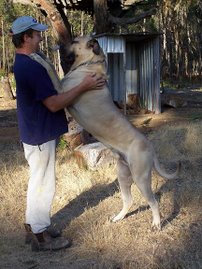


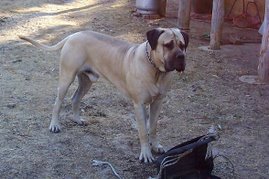
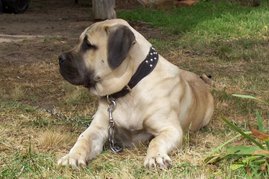
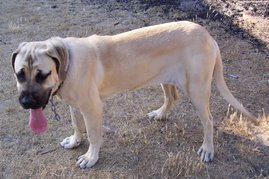
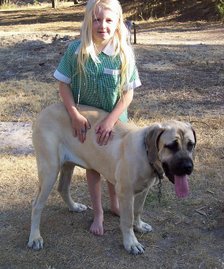
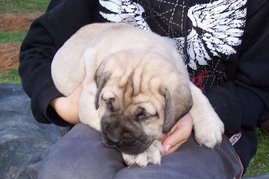



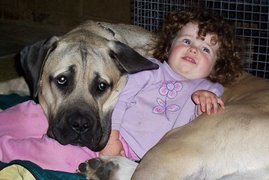
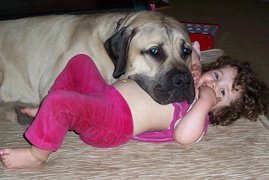
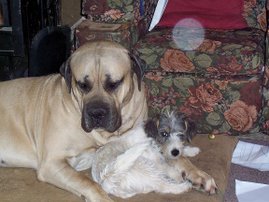
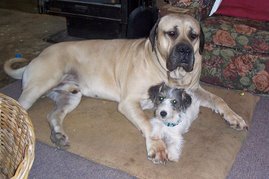
No comments:
Post a Comment